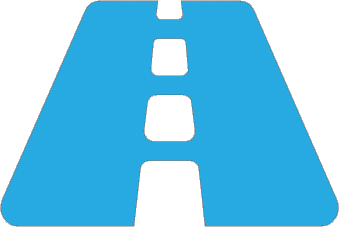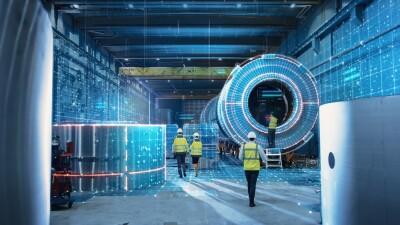Yesterday at Intergraph’s APEX Summitin Houston, Quantapoint, Inc., one of the world’s most experienced laser scanning service providers, took the wraps off PRISM 5.0, its newest as-built data management and design tool. PRISM 5.0 aims to help engineering/construction firms
deliver clash-free designs and to enhance design efficiency. Clash-free design for revamp work is possible only with accurate and complete as-built data, and laser scanning in many instances is the most economic solution to capturing this data. Accurate data capture is necessary but not sufficient. The new design model has to be compared with the existing-conditions data. That’s where PRISM 5.0 comes in, serving up photorealistic laser scan data together with CAD geometry from PDS, PDMS, MicroStation, Rhino-3D, Solid Edge, SolidWorks, CATIA, AutoCAD and others in a single environment. PRISM 5.0 also has advanced XYZ
plane clipping and capabilities for 2D deliverables extraction.According to Quantapoint vice president of marketing James McGill, the company has a dozen or so beta users, and two projects are underway using PRISM 5.0. The production release is slated for delivery before the end of October 2004.
PRISM 5.0 works only with laser scan data captured with Quantapoint laser scanners. Survey data from other sources such as GPS instruments and aerial scan data may also be incorporated. The core software is provided free to all customers of Quantapoint laser scanning services. Nominal license fees for importing various CAD formats may apply. Quantapoint’s business model is to provide services only, and the company does not sell laser scanning hardware or software.
PRISM 5.0 is based in part on voxel technology provided byNGRAINCorporation, Vancouver, Canada. According to Anil Sabharwal, general manager, NGRAIN Technology, the large data sets generated by laser scanners are a natural for its volume graphics (voxel) rendering technology. Hybrid rendering, i.e., painting the screen with triangles from CAD geometry and voxels from laser scan data in the same scene, is one route to making laser scanning an industrial-strength tool.
As we’ve reported previously, the cost and schedule impact of reducing design clashes for revamp work is economically significant to the construction industry. Absent robust clash detection technologies, construction growth or rework can be in the range of 5%-10% of total
installed cost, or even higher. Reducing this to even 1% or 2% means significant savings. PRISM 5.0 is a big step in the direction of developing work processes where design clashes are seen as discrete events, i.e., exceptions to be eliminated on the engineers’ desktop. Resolving clashes on the construction job site with cutting, welding and physical persuasion is too expensive.








